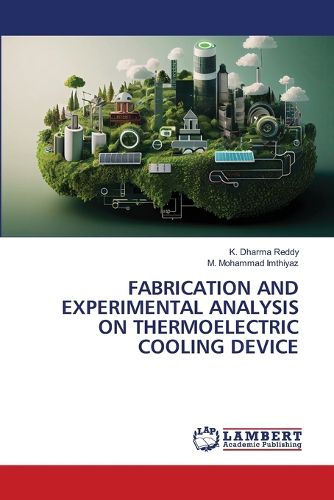Readings Newsletter
Become a Readings Member to make your shopping experience even easier.
Sign in or sign up for free!
You’re not far away from qualifying for FREE standard shipping within Australia
You’ve qualified for FREE standard shipping within Australia
The cart is loading…






Cold storage devices are crucial in everyday life and various industries, particularly for preserving perishable goods and ensuring food safety. Traditional refrigeration, however, emits harmful greenhouse gases and consumes high energy. To address this, a thermoelectric cooling device powered by solar energy has been developed. This eco-friendly device uses Thermoelectric Cooler (TEC) modules, leveraging the Peltier and Seebeck effects to produce cooling without harmful emissions. The model features two cooling chambers and incorporates phase change material (n-Butyl Stearate) to extend the cooling effect. Experiments show significant results with reduced electricity consumption. Optimization via grey relation analysis identifies the most efficient solution.
$9.00 standard shipping within Australia
FREE standard shipping within Australia for orders over $100.00
Express & International shipping calculated at checkout
Cold storage devices are crucial in everyday life and various industries, particularly for preserving perishable goods and ensuring food safety. Traditional refrigeration, however, emits harmful greenhouse gases and consumes high energy. To address this, a thermoelectric cooling device powered by solar energy has been developed. This eco-friendly device uses Thermoelectric Cooler (TEC) modules, leveraging the Peltier and Seebeck effects to produce cooling without harmful emissions. The model features two cooling chambers and incorporates phase change material (n-Butyl Stearate) to extend the cooling effect. Experiments show significant results with reduced electricity consumption. Optimization via grey relation analysis identifies the most efficient solution.